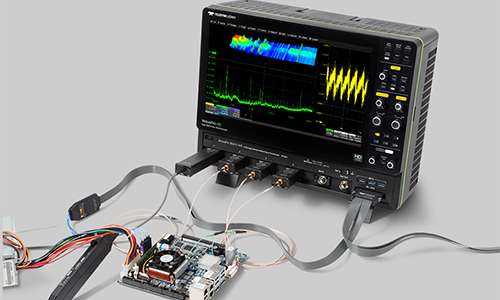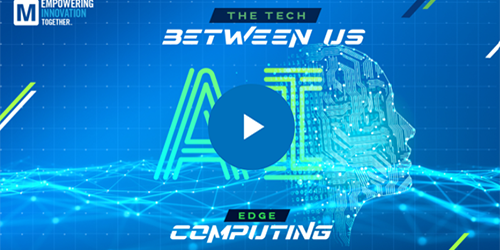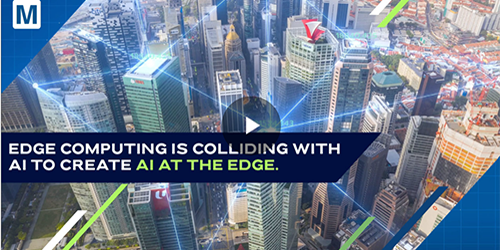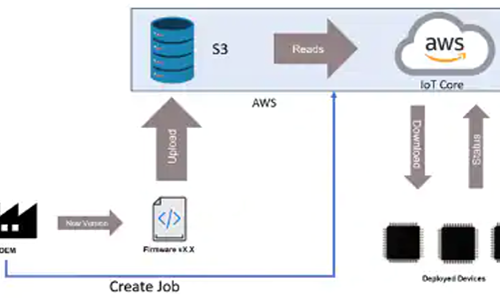This article is part of the2022 Electronic Design Forecastissue
What you’ll learn:
- Manufacturing predictions for 2022.
- How SaaS and IIoT are transforming product design and manufacturing.
- How the pandemic accelerated digital adoption in design.
As COVID-19 continues to disrupt businesses and organizations across the globe, the industrial world has been forced to tackle and address new challenges—leading to both opportunities and pitfalls. We’ve seen technology adoption surge as new innovations emerge. What felt like overnight, teams came together to create life-saving products and design valuable solutions to help us all manage through a new environment filled with rapid change and uncertainty.
However, while some sectors prospered, others have struggled and continue to face new and greater obstacles. The global supply chain, for instance, has experienced disruption like never before, resulting in shortages of many consumer products, from toilet paper to silicon chips.
Now, in the second year of a global pandemic, we’re at a tipping point when it comes to product design and innovation. We must reimagine our processes to remain agile, resilient, and flexible. We now live in a world where instant gratification is an expectation and no longer a nice-to-have. But how can technology keep up? Here’s a view of the ways companies will evolve, stay resilient, and adopt new technologies to create a better future.
Product Development is Rapidly Evolving
Since the onset of COVID-19, cloud-native and digital-first employees have been climbing the ranks across workforces, creating a suite of leadership that has technology adoption as a top priority. In fact, Gartnerforecastsspending on public cloud will grow 21.7% in 2022, and will exceed 45% of all enterprise spending by 2026.
More and more, we’re seeing remote work and online collaboration amongst teams remain the norm. With tools like Zoom and Slack to communicate with coworkers andOnshapeto design products in real-time, these tools have now been integrated into company processes and will remain part of their arsenal in a post-pandemic world.
In addition, technology has been rapidly advancing and growing in popularity as many organizations and institutions were forced to adopt new practices and solutions to stay afloat. When we think about manufacturing, for instance, emerging technology like 3D printing has allowed engineers to design parts and products right the first time, accelerating the innovation process.
That, coupled with the need to keep up with growing customer demands while having decentralized workforces, has forced business leaders to undergo digital transformations—fast. And while many have been able to keep up thanks to technology, demands from customers, employees, and stakeholders alike will only intensify.
Combating Today’s Supply-Chain Crisis
Supply chains across the globe continue to operate asynchronously, facing major disruptions around every corner. The initial ramping down of production and quick reversal of increased demand resulted in an overwhelmed system spurred by bottlenecks.
California, where goods worth $24 billion were floating in the local seaports, demonstrated the vulnerability and gaps in our supply chain. And to address the backlog, the ports placed skyrocketing fees on shipping carriers.
While the congestion will eventually subside and the fees will decrease with improved operations and near-shoring, we can expect the disruption to continue into 2022. We’ll also see many companies shift from “just-in-time” strategies of efficiency to “just-in-case” strategies, building up inventory to accommodate disruptions and better prepare for the future unknowns.
To reimagine and improve the manufacturing process for today’s landscape, companies must increase their investments in innovative, automation technologies like the cloud, industrial Internet of Things (IIoT) and AI. This, coupled with the government’s renewed focus on infrastructure, will help get economies of scale at a faster pace and lower cost of production.
Companies also should consider identifying and working with regional suppliers instead of offshoring. This will allow designers and manufacturers to adjust design decisions based on material and component availability. Perhaps the most notable example of this was when Tesla changed its firmware to use available chips from different suppliers.
Final Thoughts
We’re uniquely positioned to reimagine manufacturing for the better—everything from the way we design products to the way we interact with suppliers to the processes and platforms used to accomplish the day-to-day work. However, to get us to where we need to be, we must embrace the technology that can accelerate innovation.
Read more articles in the2022 Electronic Design Forecastissue

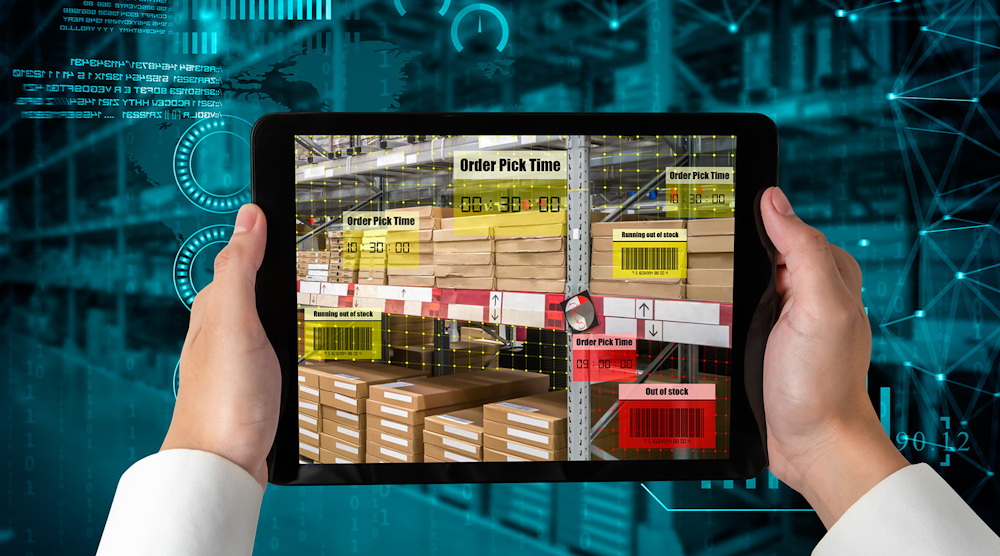
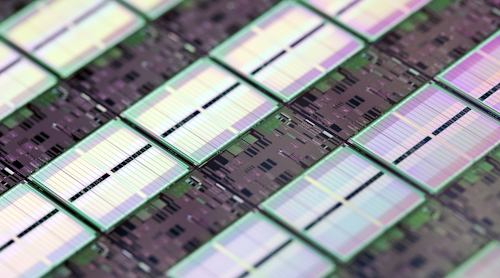
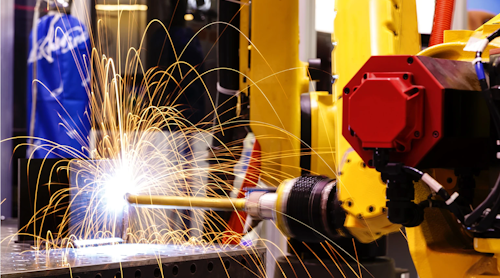
_pushing_performance_beyond_silicon.png?auto=format&fit=crop&h=139&w=250&q=60)


